$2,700.00 – $8,000.00
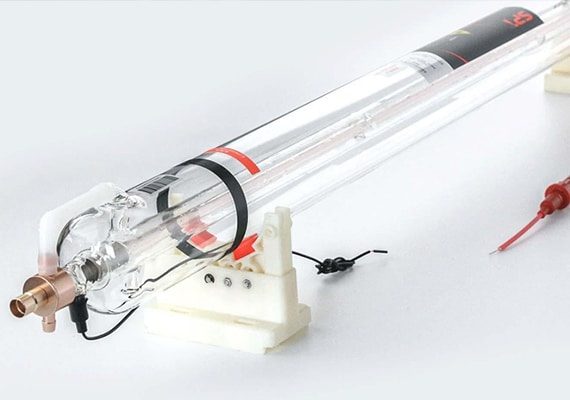
The machine is equipped with a powerful CO2 laser tube, which can provide precise and efficient cutting and engraving performance on various materials, including acrylic, wood, leather, fabric, glass, and so on. A high-powered laser tube ensures clean, precise cuts and smooth edges, while also enabling detailed engraving, making it suitable for intricate designs and industrial applications.
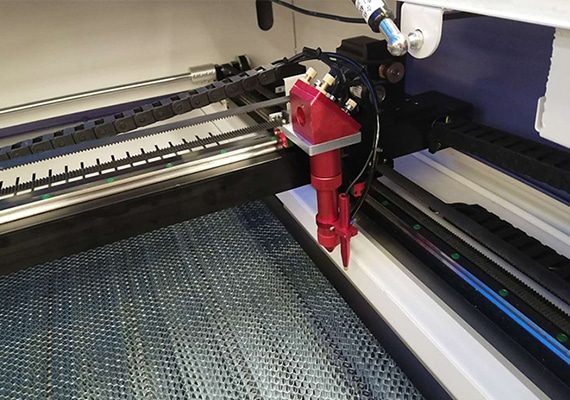
The high-precision CO2 laser head is selected, and it has a red dot positioning function to ensure that the laser beam is precisely aligned with the focusing optics and the nozzle. An accurate laser beam contributes to consistent and uniform cutting results. Additionally, the CO2 laser head is equipped with height control, which ensures consistent focus and compensates for any variations in material thickness or uneven surfaces.
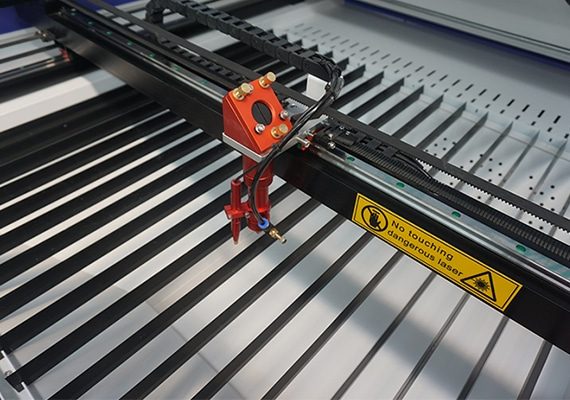
The machine is equipped with an advanced motion system to ensure smooth and accurate movement of the laser head during cutting and engraving. This precise motion control enables clean, sharp cuts while also enabling detailed and intricate engraving on a variety of materials.
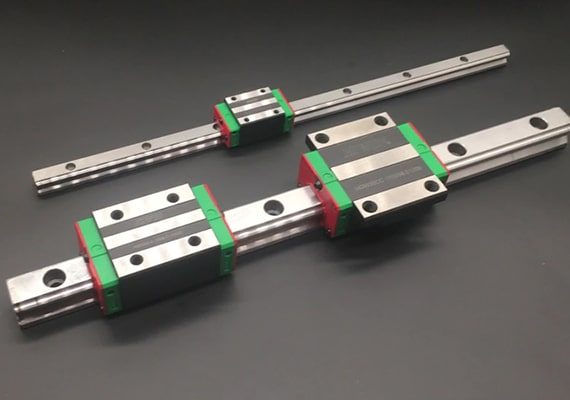
The machine is equipped with a Taiwan HIWIN guide rail with excellent precision. HIWIN is manufactured to tight tolerances, ensuring smooth and stable linear motion. This level of precision contributes to accurate and consistent laser cutting, especially when working with intricate designs and fine details. In addition, HIWIN rails are designed to minimize friction, resulting in smooth and quiet movement.
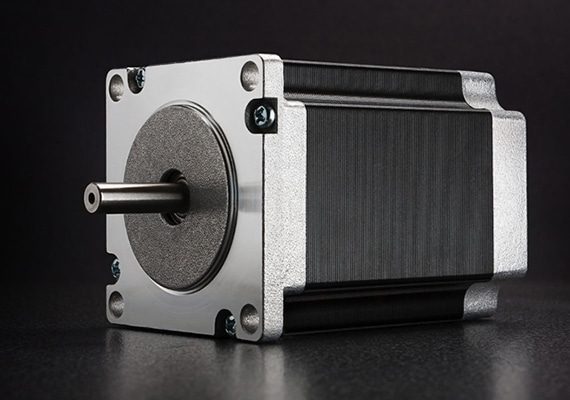
The machine adopts a stepper motor with strong power and reliable performance to ensure the normal operation of the machine. Not only are stepper motors cost-effective, but they also provide precise control of moving parts, ensuring high-quality laser cutting and stable positioning of optical components for reliable, efficient operation.

The machine is equipped with high-quality optics capable of producing a narrower, more stable laser beam, ensuring precise cutting paths and cleaner edges even on complex designs and delicate materials. In addition, high-quality optics help reduce beam divergence and losses, thereby improving energy efficiency.
| Model | AKJ-6040 | AKJ-6090 | AKJ-1390 | AKJ-1610 | AKJ-1810 | AKJ-1325 | AKJ-1530 |
|---|---|---|---|---|---|---|---|
| Working Area | 600*400mm | 600*900mm | 1300*900mm | 1600*1000mm | 1800*1000mm | 1300*2500mm | 1500*3000mm |
| Laser Type | CO2 Laser | ||||||
| Laser Power | 80-300W | ||||||
| Power Supply | 220V/50HZ, 110V/60HZ | ||||||
| Cutting Speed | 0-20000mm/min | ||||||
| Engraving Speed | 0-40000mm/min | ||||||
| Min Line Width | ≤0.15mm | ||||||
| Position Accuracy | 0.01mm | ||||||
| Repetition Accuracy | 0.02mm | ||||||
| Cooling System | Water Cooling | ||||||
| Laser Power | Cutting Speed | 3mm | 5mm | 10mm | 15mm |
|---|---|---|---|---|---|
| 25W | Max Cutting Speed | 4mm/s | / | / | / |
| Optimal Cutting Speed | / | / | / | / | |
| 40W | Max Cutting Speed | 10mm/s | 5mm/s | / | / |
| Optimal Cutting Speed | 8mm/s | / | / | / | |
| 60W | Max Cutting Speed | 15mm/s | 10mm/s | 4mm/s | / |
| Optimal Cutting Speed | 12mm/s | 8mm/s | / | / | |
| 80W | Max Cutting Speed | 20mm/s | 15mm/s | 8mm/s | / |
| Optimal Cutting Speed | 18mm/s | 10mm/s | 6mm/s | / | |
| 100W | Max Cutting Speed | 25mm/s | 20mm/s | 12mm/s | 8mm/s |
| Optimal Cutting Speed | 22mm/s | 18mm/s | 10mm/s | 5mm/s | |
| 130W | Max Cutting Speed | 30mm/s | 25mm/s | 15mm/s | 11mm/s |
| Optimal Cutting Speed | 28mm/s | 22mm/s | 13mm/s | 8mm/s | |
| 150W | Max Cutting Speed | 35mm/s | 30mm/s | 20mm/s | 15mm/s |
| Optimal Cutting Speed | 33mm/s | 30mm/s | 20mm/s | 15mm/s | |
| 180W | Max Cutting Speed | 40mm/s | 35mm/s | 25mm/s | 18mm/s |
| Optimal Cutting Speed | 37mm/s | 32mm/s | 20mm/s | 15mm/s | |
| 200W | Max Cutting Speed | 50mm/s | 45mm/s | 35mm/s | 25mm/s |
| Optimal Cutting Speed | 48mm/s | 42mm/s | 30mm/s | 22mm/s |
| Features | Laser Cutting | Router Cutting | Band Saw Cutting | Chain Saw Cutting |
|---|---|---|---|---|
| Precision | High | High | Moderate to High | Moderate to Low |
| Cutting Speed | High | Moderate to High | Moderate to High | Low to Moderate |
| Cutting Thickness | Thin to Thick | Thin to Thick | Thick | Very Thick |
| Cleanliness of Cut | Very Clean | Clean | Clean | Rough |
| Kerf Width | Very Narrow | Narrow | Moderate | Wide |
| Intricate Cuts | Yes (Detailed) | Yes | Limited | No |
| Material Wastage | Minimal | Moderate | Moderate | Significant |
| Safety | Safer (No Contact) | Safe | Moderate | Potentially Hazardous |
| Noise Level | Low | Moderate | Moderate | High |
| Suitable for Logs | No | No | No | Yes |
| Maintenance | Low | Moderate | Moderate | Moderate to High |
| Tool Mobility | Fixed (Machine) | Fixed (Machine) | Stationary | Portable |
| Cost | High | Moderate | Moderate | Moderate |
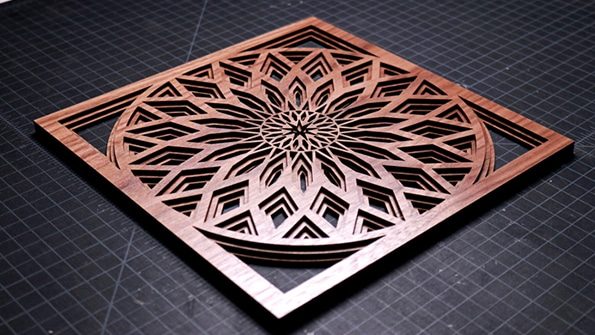
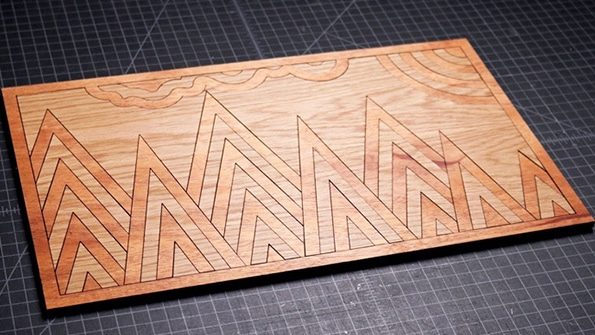
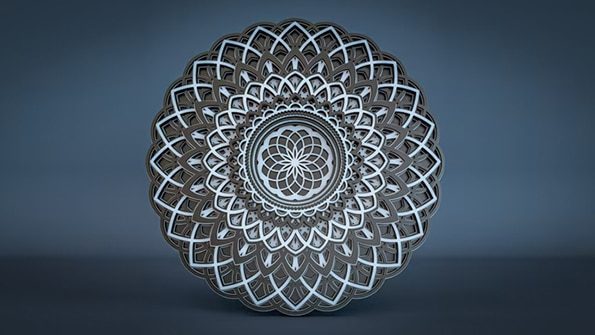
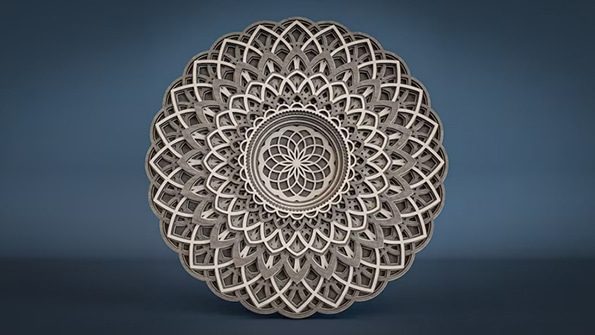
Timber is a term commonly used to refer to wood that has been prepared for use in construction, woodworking, and various other applications. It specifically refers to wood that has been cut, processed, and often treated to be suitable for structural or decorative purposes. Timber can come from various tree species and is used in a wide range of industries and applications.
Timber is widely used in construction for framing, roofing, flooring, and interior finishing. It’s also used in the production of furniture, cabinetry, doors, windows, and a variety of decorative and functional items. Different types of timber are chosen based on factors like strength, durability, appearance, and suitability for specific applications.
Common tree species used for timber include pine, oak, cedar, maple, cherry, and many others, each with its characteristics and advantages. The choice of timber species often depends on regional availability and the intended use of the wood product.
Yes, timber can be cut using a laser. Laser cutting is a versatile and precise method that can effectively cut a variety of materials, including timber and wood. Timber laser cutting involves using a high-powered CO2 laser to create precise cuts and intricate designs on timber surfaces.
The timber laser cutting machine is a valuable tool in the woodworking industry, offering precision and versatility for a wide range of creative and industrial applications. It allows woodworkers and designers to bring their ideas to life with intricate and finely crafted woodwork.
While laser cutting timber has many advantages, it also has some disadvantages and limitations. These disadvantages must be considered when deciding whether laser cutting is suitable for a particular project. Here are some of the disadvantages of laser cutting timber:
Despite these drawbacks, laser cutting remains a valuable tool for precise and complex woodworking tasks. Many limitations can be addressed through proper equipment calibration, safety precautions, and reprocessing techniques. Careful consideration of these limitations and appropriate selection of laser parameters and materials can help alleviate some of the problems when using lasers to cut timber.
The lifespan of a timber laser cutting machine can vary greatly depending on several factors, including the quality of the machine, maintenance, and level of use. Here are some factors that may affect the service life of a timber laser-cutting machine:
Taking these variables into consideration, it is difficult to provide a specific lifespan for a timber laser-cutting machine. Some well-maintained, high-quality machines can last 10 years or more, while others may need replacement or major upgrades after just a few years. It is recommended to consult the laser cutting machine manufacturer and follow their recommended maintenance procedures to maximize the life of the machine.
There are several types of wood suitable for laser cutting, each with its characteristics and considerations. Some common types include:
When choosing laser-cut wood, consider factors such as the finish you want, your project requirements, and your budget. Also, always make sure the wood has no coatings, treatments, or adhesives. These coatings, treatments, or adhesives may release harmful fumes when exposed to laser beams.
Yes, complex designs can be achieved with laser-cutting timber. Laser-cutting technology offers high precision and accuracy, allowing intricate and detailed designs to be cut with ease. Here are some factors to consider when creating complex designs with laser-cutting timber:
Laser-cutting timber offers immense flexibility and precision, making it well-suited for creating complex and intricate designs across a wide range of applications. With careful planning and attention to detail, stunning and detailed results can be achieved.
Preventing warping or burning when laser cutting wood requires careful consideration of several factors throughout the cutting process. Here are some tips to help minimize these problems:
By following these precautions and optimizing cutting parameters, you can minimize the risk of warping or burning when laser cutting wood and achieve clean, precise cuts.
Several factors affect the speed and efficiency of laser cutting wood:
By considering these factors and optimizing cutting parameters, you can maximize the speed and efficiency of laser cutting wood while maintaining high-quality results.
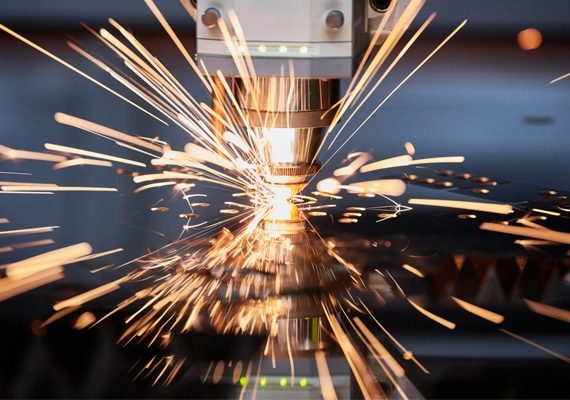
With years of experience in laser cutting technology, we have honed our expertise to provide cutting-edge solutions tailored to your unique needs. Our team of skilled engineers and technicians has the in-depth knowledge to ensure you get the perfect laser-cutting machine for your specific application.
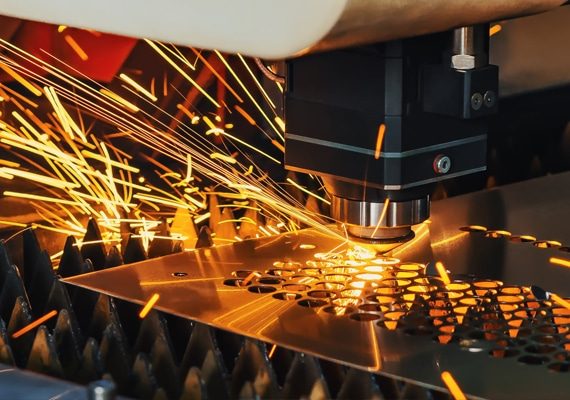
At AccTek Laser, we build strong relationships with our clients. Our dedicated support team provides prompt assistance and after-sales service to keep your laser-cutting machine running at its best for years to come. Your satisfaction is our top priority and we will help you every step of the way.
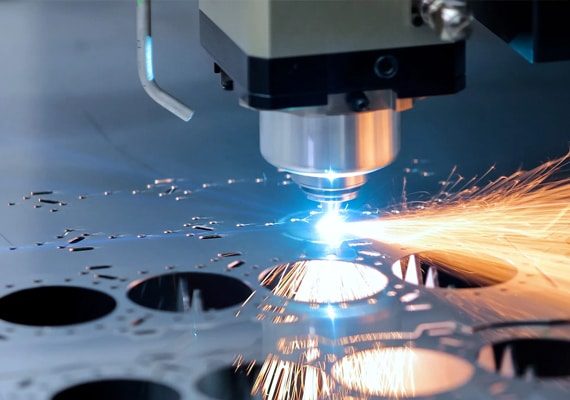
Quality is the cornerstone of our manufacturing process. Every laser-cutting machine is rigorously tested and adheres to strict quality control standards, ensuring that the product you receive meets the highest industry benchmarks. Our dedication to quality ensures you get a machine that performs consistently and delivers perfect cuts every time.
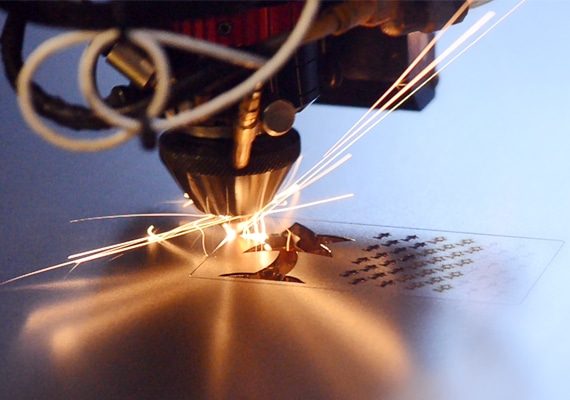
We understand the importance of cost efficiency in today’s competitive landscape. Our laser-cutting machines can provide excellent value for your investment, minimizing downtime and reducing operating costs while maximizing productivity and efficiency.
4 reviews for Timber Laser Cutting Machine
Peter –
Exceptional cutting precision from our laser cutter. It consistently delivers clean, precise cuts, elevating the quality of our products.
Ama –
Impressed by the versatility of our laser cutting machine. From intricate designs to bulk orders, it handles tasks effortlessly.
Sultan –
Optimal performance from our laser machine. Its reliability and precision are unmatched, making it a cornerstone of our production line.
Siti –
Enhanced productivity with our laser cutter. Its speed and accuracy have significantly improved our throughput, meeting customer demands effectively.